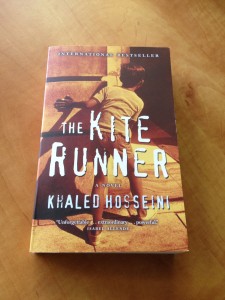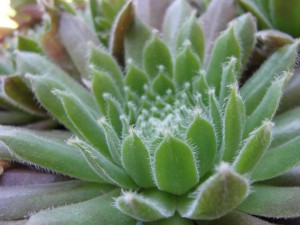Well… that is not how I expected the story to end. I mean, I’m sure everyone was waiting for Amir to bring Sohrab home to America with him but I was totally expecting it to be one of those fairytale conclusions like in The Littlest Princess by Frances Hodgson Burnett where the poor orphan, held captive by a brutal master, finds a loving new family who whisks them off to a better place and everyone lives happily ever after. The author even hints on page 376 that this isn’t a fairytale, saying that if someone were to ask him whether this story had a happy ending he wouldn’t know what to say. Rather ironic when he’s just written entire passage about how all Afghans cared about was whether the ending was happy or not.
In Afghanistan, the ending is all that mattered. When Hassan and I came home after watching a H
indi film at Cinema Zainab, what Ali, Rahim Khan, Baba or the myriad of Baba’s friends-second and third cousins milling in and out of the house- wanted to know, was this: Did the Girl in the film find happiness? (pg 376)
I think the central idea behind The Kite Runner is that we all make mistakes and we can either choose to do something about it or we can spend the rest of our lives trying to pretend it didn’t happen. Either way, the fact is that our mistakes are as much a part of us as our arms and legs and we can’t change the things we’ve done so the only real option is to accept and move on. This concept is clearly illustrated in how Amir first tries to push Hassan away after letting him get raped, then tries to escape from him by fleeing to the U.S.. When he finally understands 26 years later that he can’t escape the gravity of what he’s done, he decides to do something about it: he decides to redeem himself by freeing Hassan’s son from a heretical Taliban leader.
When Amir and his father arrived in the U.S.A., Amir changed noticeably. He certainly didn’t manage to evade his conscience, but being positioned in an unfamiliar environment with new responsibilities (such as looking after his father and wife) seemed to cause him to become less aware of himself and more focused on others. As Amir grew less and less aware of himself, others seemed to grow more aware of him where previously their attention had been directed at Baba. Even the kindly, old grocer told him “You’re nice young man but your father, he’s crazy.” (pg 135) I still have some issues with how Amir treated Hassan and his father but I’m trying to see it simply as a cultural understanding between them.
This story shares several similar themes with the movie The Book Thief (based on the book by Markus Zusak) which is set early in the second World War and is about a young girl who goes to live with foster parents in Molching, Germany when her mother is forced to give up her and her brother and what life is like for her growing up. The major themes between these two stories are: Choices, Journey, Culture, War and Peace.
To anyone who’s enjoyed this book or thinks they would, I would highly recommend the Guests of War trilogy by Kit Pearson as it is extremely well-written and has many similarities.




